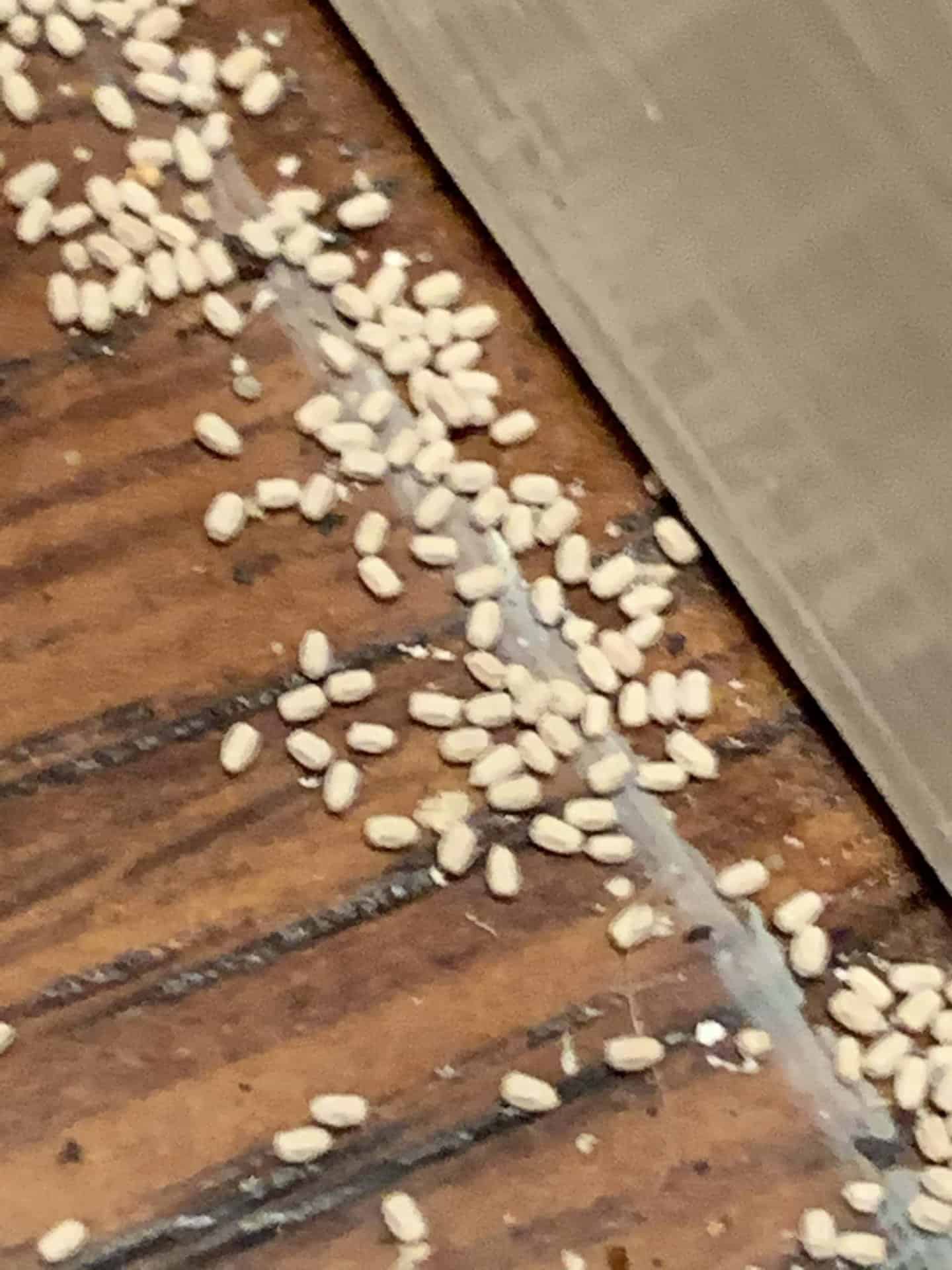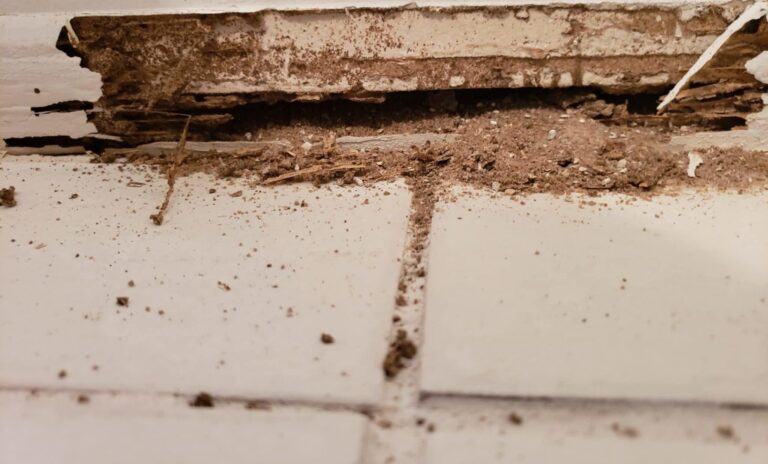Termite Control

Introduction
Florida Environmental Pest Management provides effective solutions for the invasive problem of termites common to South Florida. The humid, warm Florida climate attracts many different kinds of termites. There are four types most prevalent in the area. Formosan Termites, Eastern Subterranean Termites, Drywood Termites and Asian Termites.
All of these destructive insects can be difficult to detect, which means years of damage can be done before an infestation is discovered.


Termites cost homeowners in the U.S. billions of dollars each year. Homeowner’s insurance does not typically cover termite damage, which means the battle to keep termites out should be a top priority for every South Florida homeowner.
At Florida Environmental Pest Management, we offer Free Termite Inspections as well as effective termite control services West Palm Beach that will protect your home from massive colonies of wood eating termites.
The Best Termite Control In South Florida
A home is usually a family’s largest investment. Our termite control guarantee offers additional peace of mind to families by treating or preventing termite infestations. We offer the following termite control services.
We treat the following termites and offer a 100% guarantee:


Signs of a Subterranean Termite Infestation
The various species of termites have different survival needs and enter a home in different ways. Subterranean termites require a moist environment. Most of the colony members have the job of foraging until they find food for themselves and their nest mates. Subterranean termite colonies can contain literally millions of insects. A queen can produce up to 2,000 eggs daily.
Signs of subterranean termite activity include dirty and muddy build-up where it’s not natural for dirt to be. Wood that buckles, appears water-damaged, becomes warped or sounds hollow could be evidence that your home has a termite infestation.
Signs of a Drywood Termite Infestation
Homeowners should also keep their eyes open for signs of drywood termites. These destructive pests colonize directly inside wooden elements, such as walls and furniture. Drywood termites keep their homes neat, which provides a clue of their presence. After tunneling into wood, they create holes through which they discard fecal pellets. If you ever spot tiny holes in walls or furniture, look around and see if small pellets may have dropped from the holes. If you clean droppings and more reappear, it’s a sign you may have an active termite colony.











